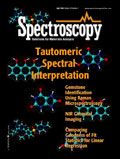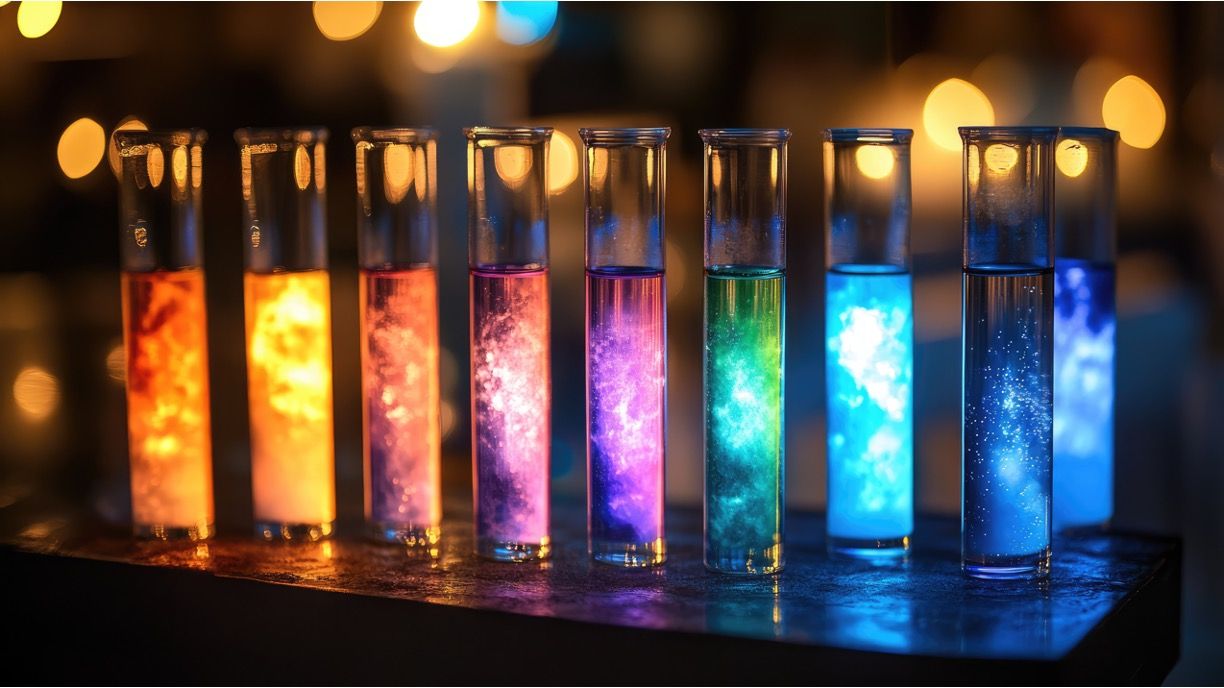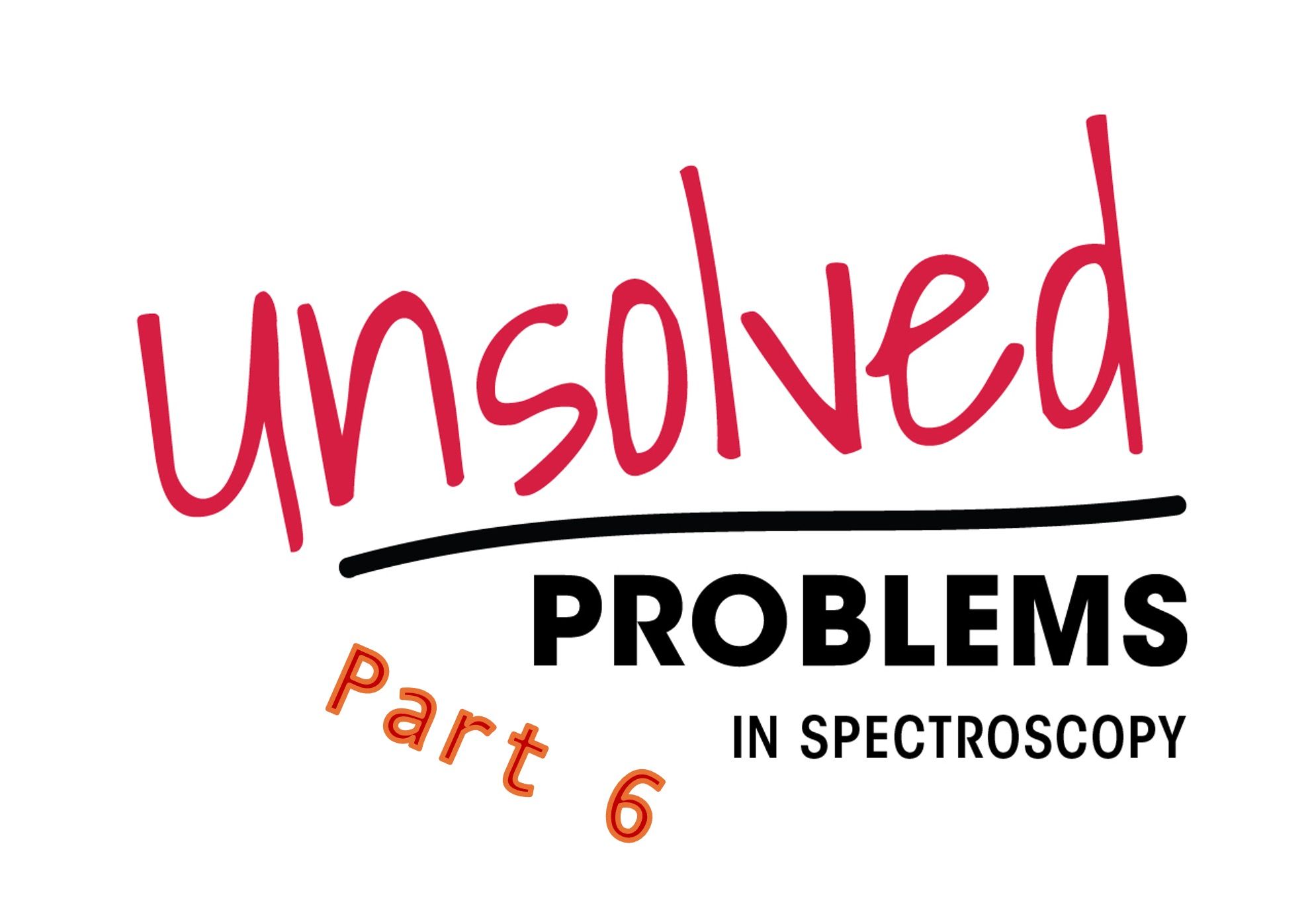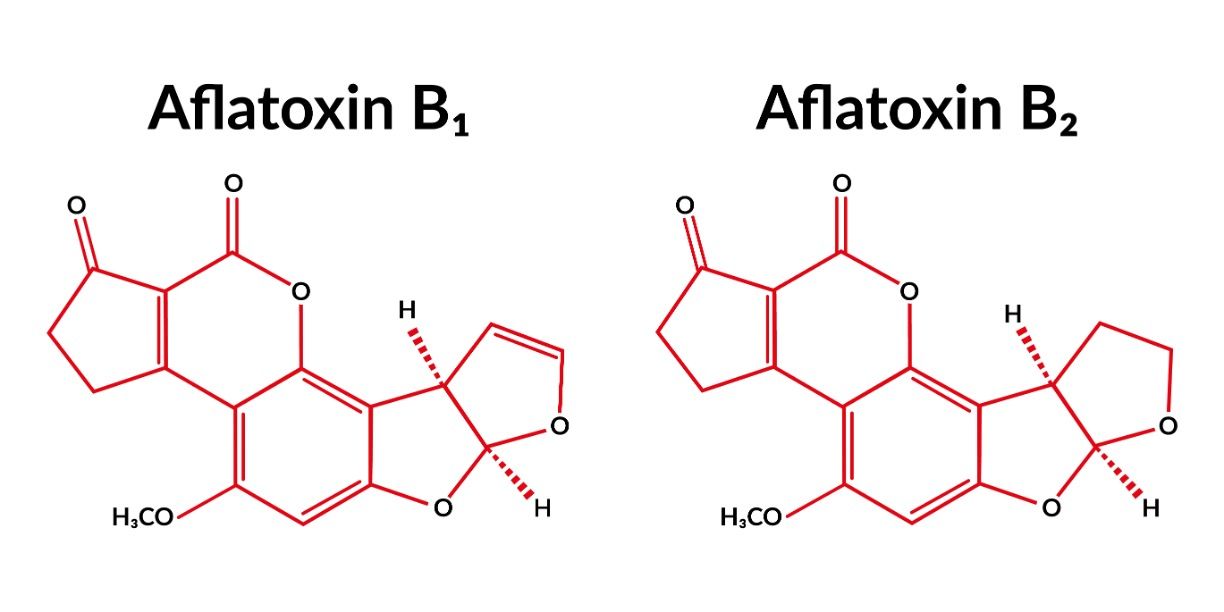Article
Spectroscopy
Spectroscopy
Spectroscopy-04-01-2004Volume
Chemometrics in Spectroscopy Comparison of Goodness of Fit Statistics for Linear Regression, Part I (PDF)
Author(s):
The authors begin a discussion of the statistical tools available to compare and correlate two or more data sets.
Articles in this issue

Gemstone Identification Using Raman Spectroscopy (PDF)
Chemometrics in Spectroscopy Comparison of Goodness of Fit Statistics for Linear Regression, Part I (PDF)
Reading the Message in the Bottle (PDF)
Molecular Spectroscopy Workbench Near-infrared Chemical Imaging and the PAT Initiative (PDF)
Tautomerism and Expert Systems in Spectroscopy (PDF)
Newsletter
Get essential updates on the latest spectroscopy technologies, regulatory standards, and best practices—subscribe today to Spectroscopy.





